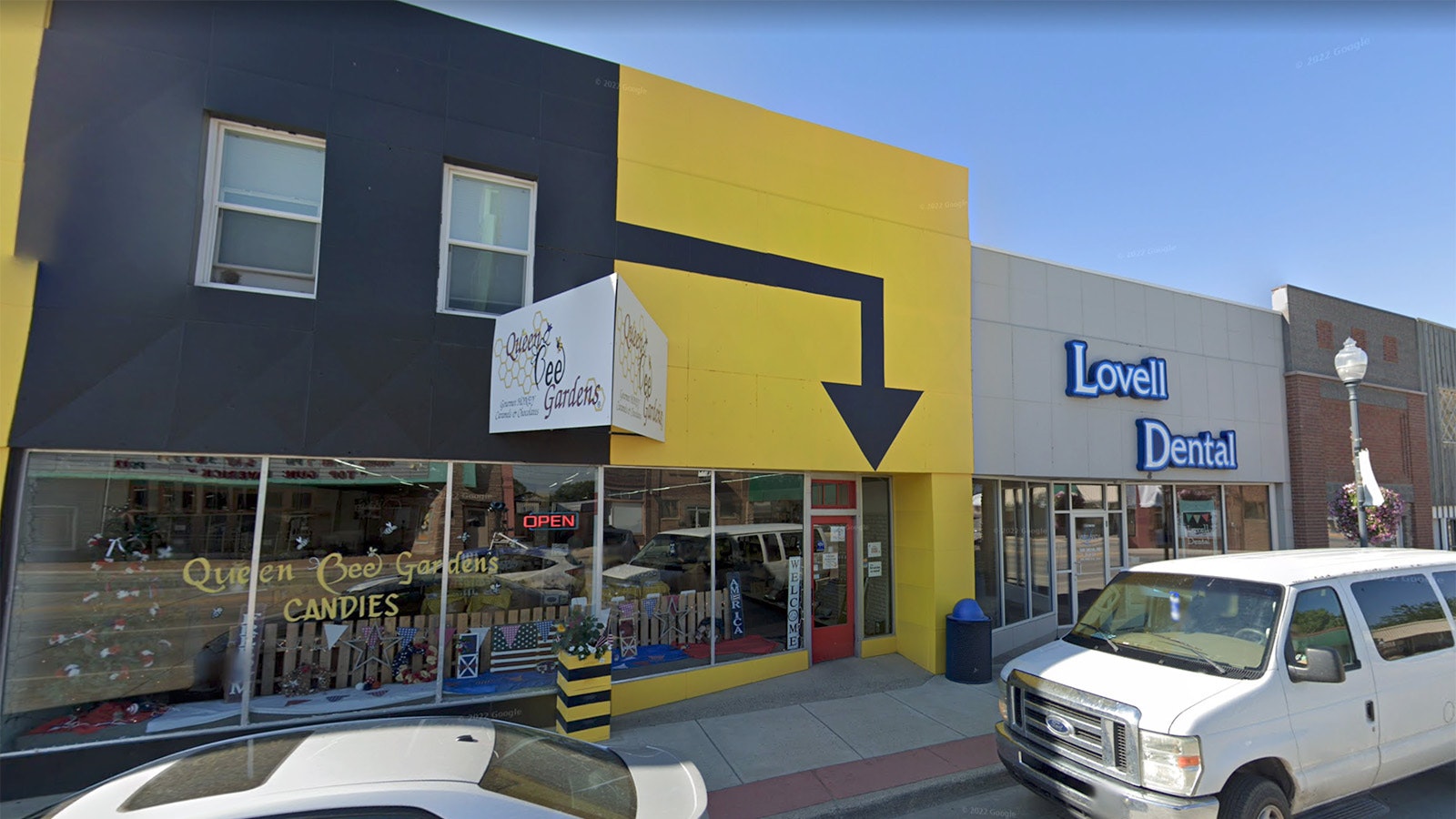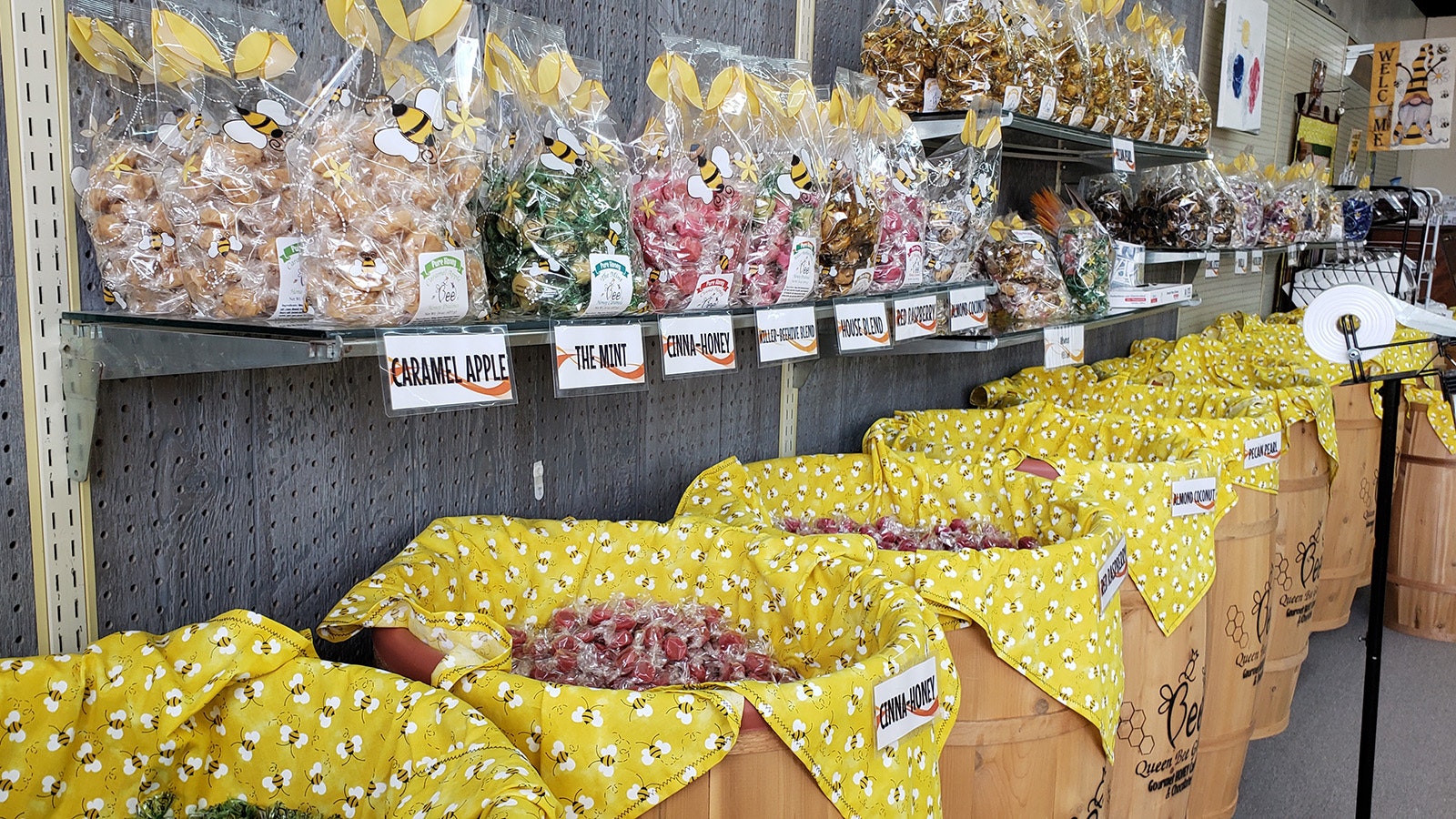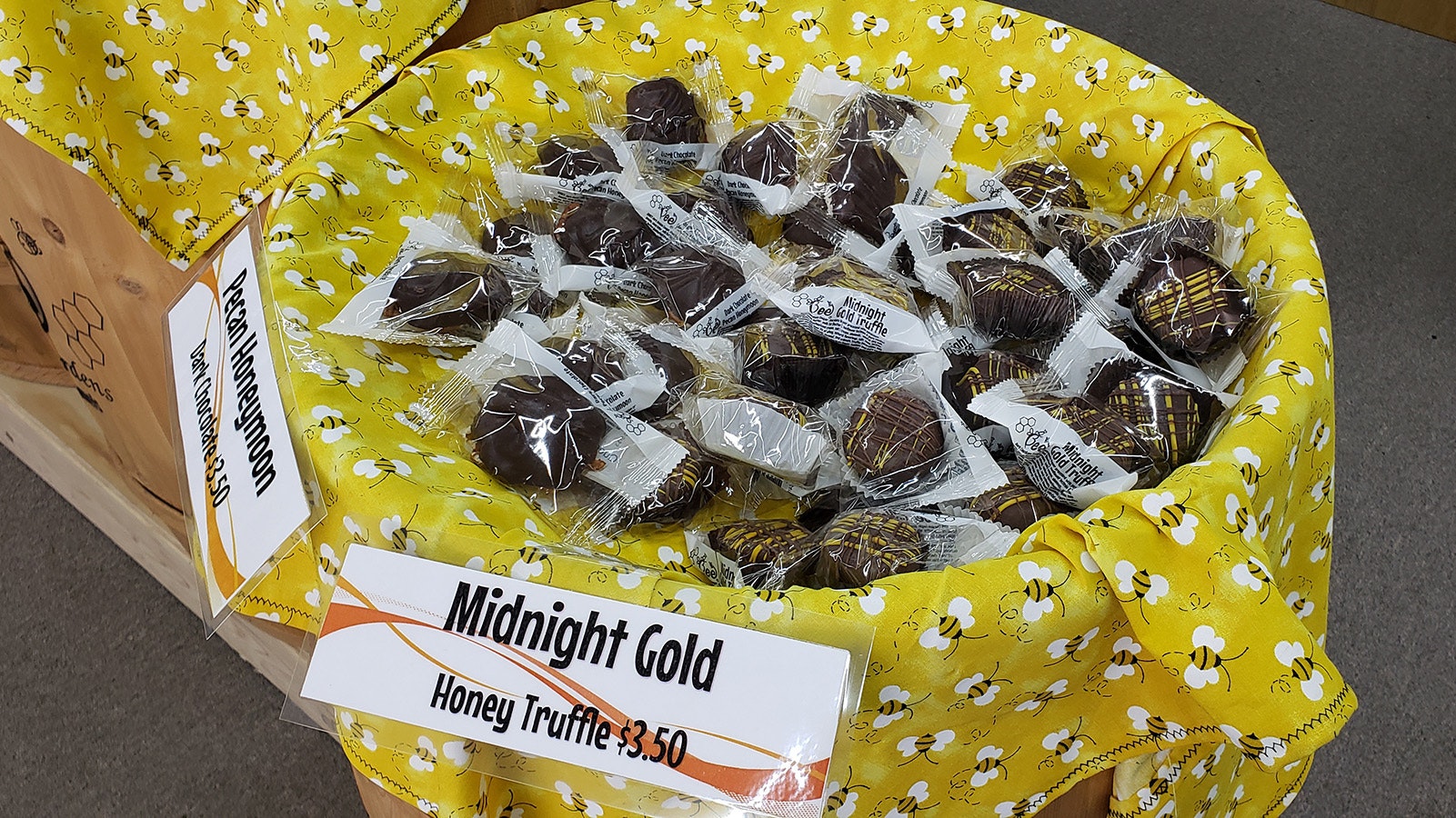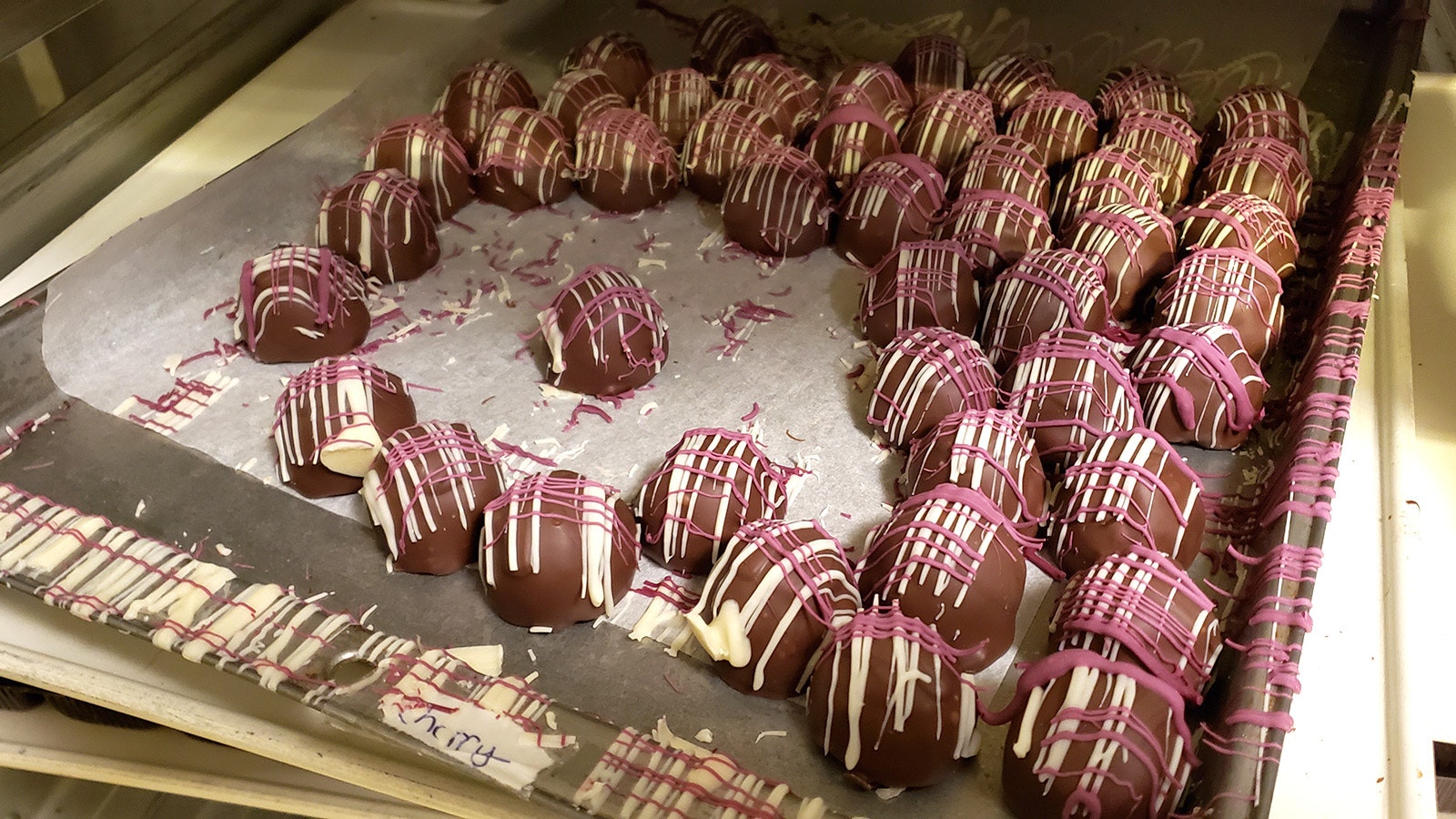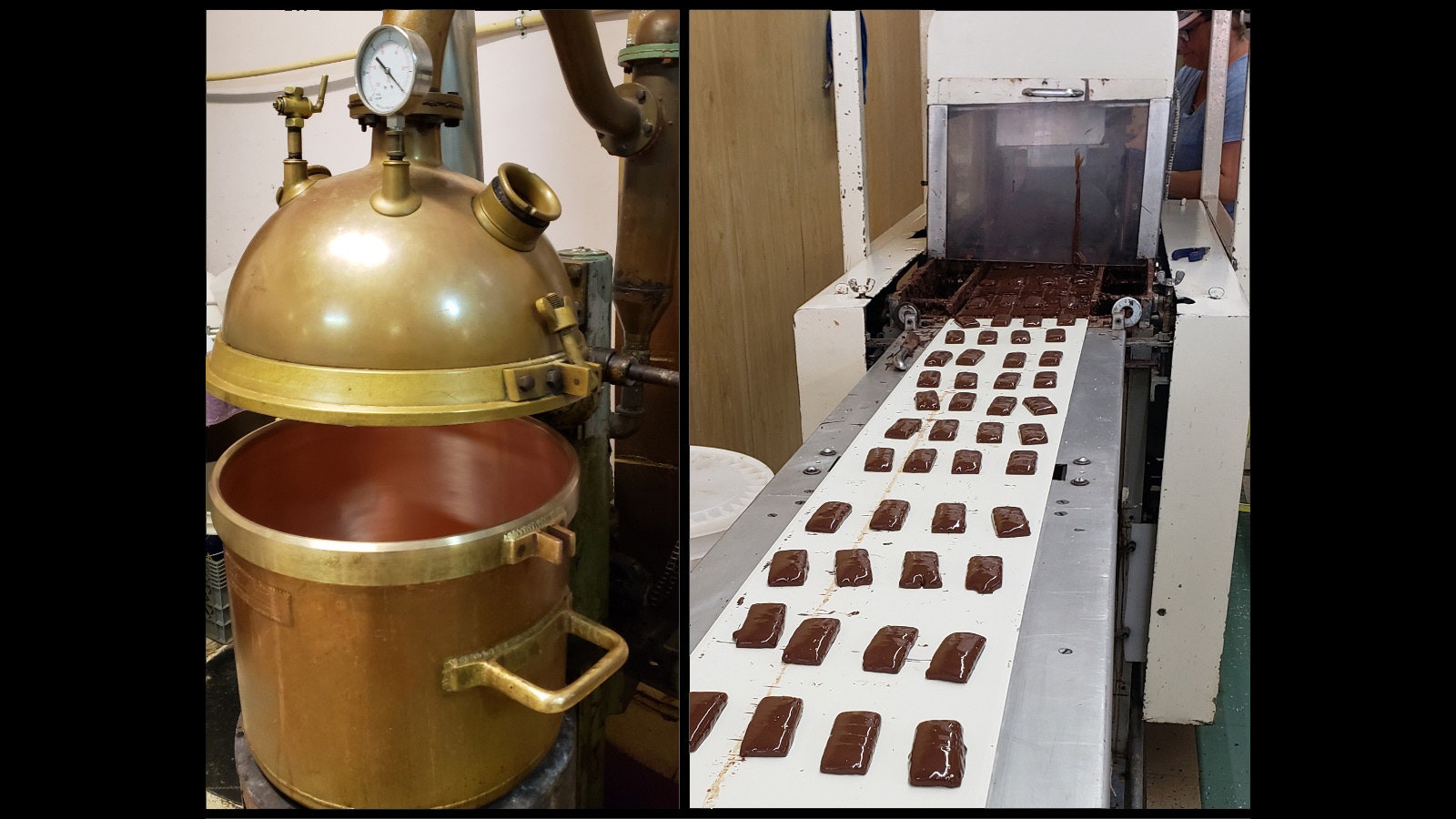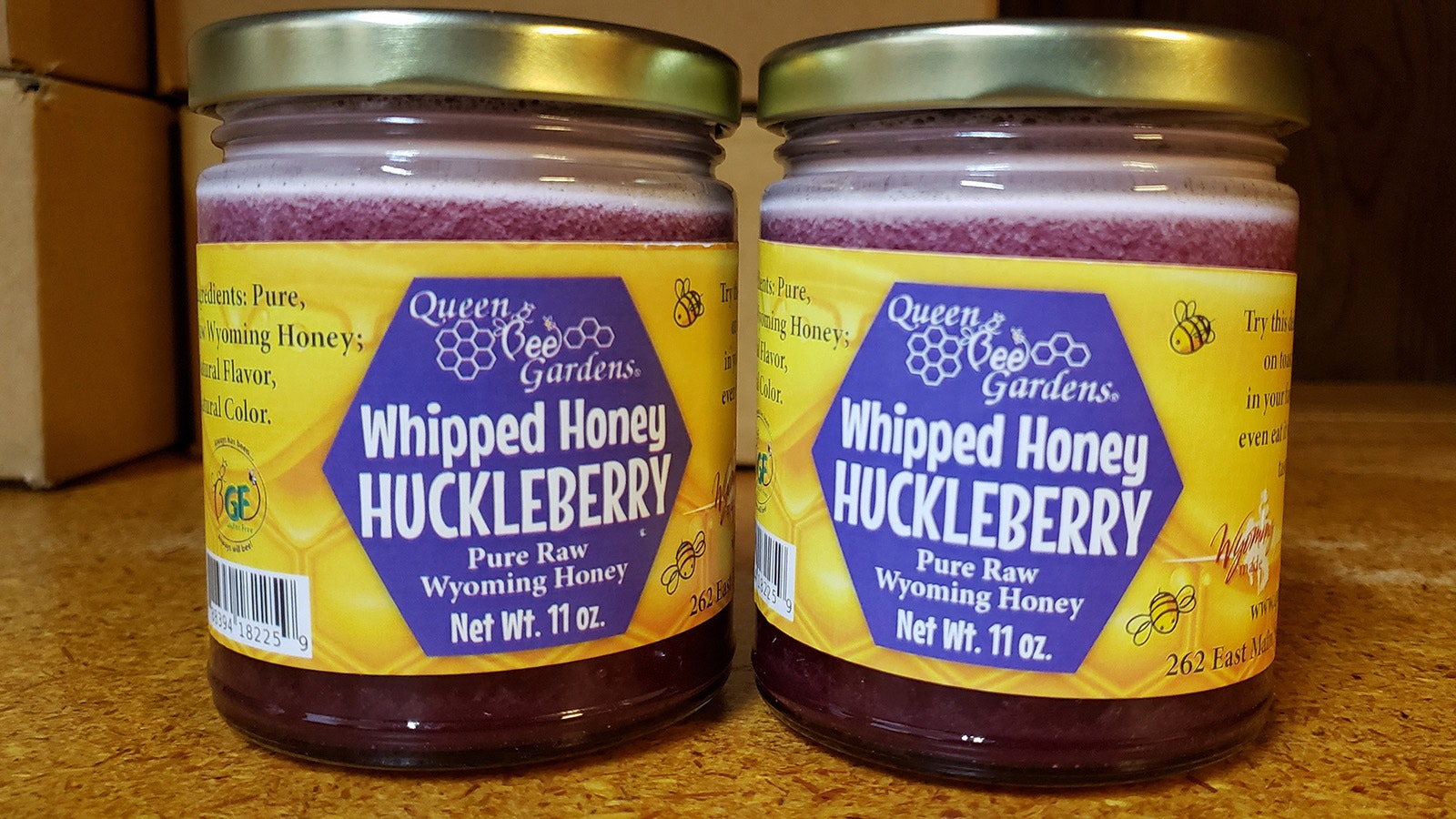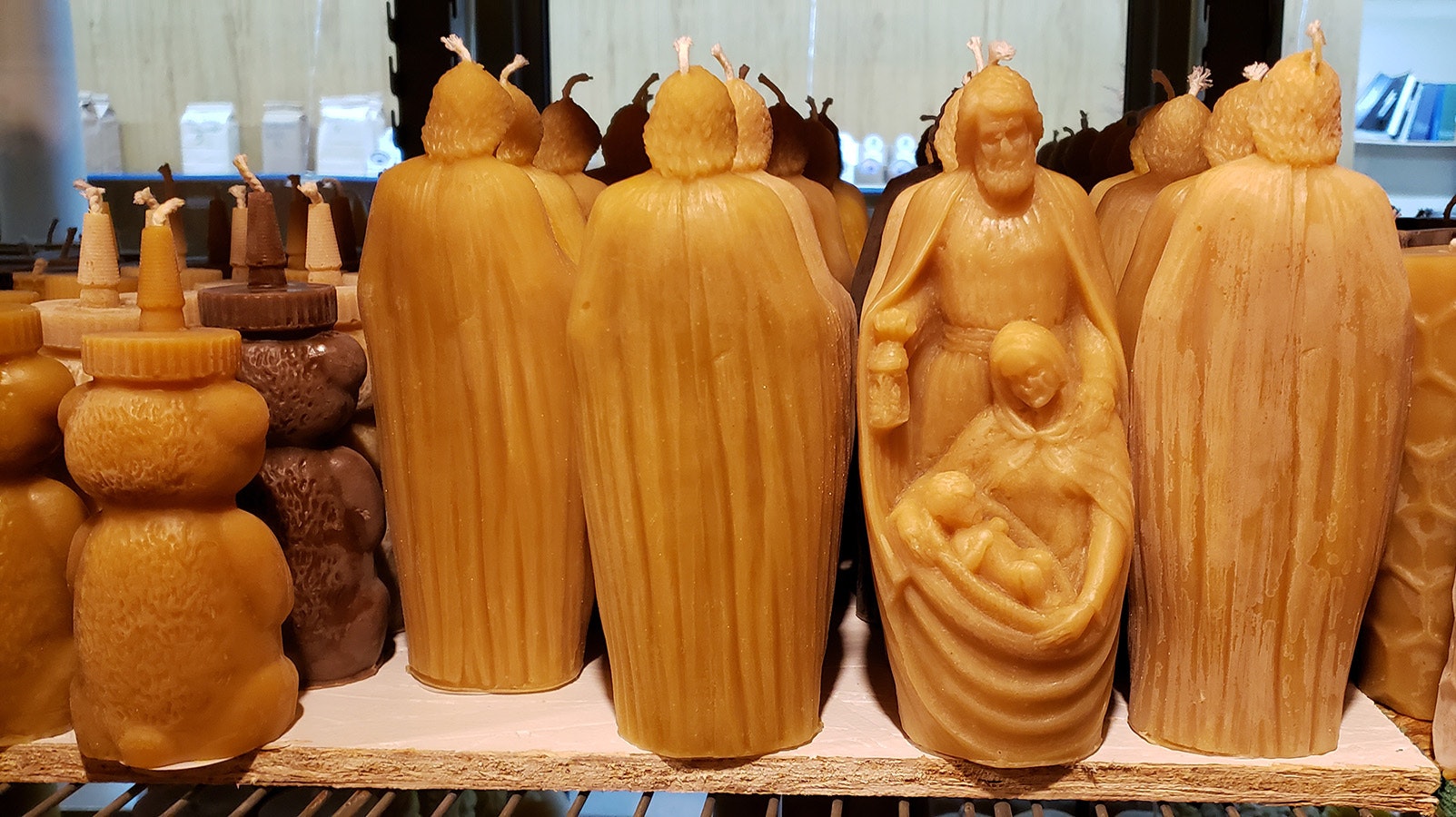LOVELL — Leave it to a determined Scottish grandmother to turn golden honey into a candy that’s simply divine.
Bessie Zeller had an old family recipe from Scotland to make taffy from honey, which had always been fun to stretch when she was a child.
This time, though, it was about more than fun and games.
“We’ve been in the honey business for over 100 years,” Queen Bee Gardens’ Jason Zeller told Cowboy State Daily. “And my grandfather was doing the honey, and my father and uncle wanted to stay in the business, but there wasn’t enough money in just honey.”
That’s when Grandma Zeller came up with a winning idea. They’d use their old Scottish recipe for honey taffy to save the farm with a little value-added agriculture, long before value-added agriculture was a buzz phrase.
“So here we are, 47 years later,” Zeller said. “I am third generation candy, and I don’t even know what generation honey. At least (five).”
Today, with their special honey taffy recipe selling in all 50 states, there’s no thought of turning back.
“You know honey can sell for like $6 or $7 a pound by one pound at a time,” Zeller said. “Or it’s $3 a pound if you buy an entire truckload. Or it’s $20 a pound made into honey sticks or honey caramels. So yeah, let’s just package it differently and sell the same stuff.”
Aggressive Bees Make Great Honey
The Zellers’ honey colonies started with wild bees taken from trees on the Shoshone River bottoms that the family called “Little Johnnies.”
These wild bees weren’t as easy to work with as typical honeybees, however. They were more aggressive about stinging, though the honey they made was some of the best they’d ever tasted.
Gathering the 280,000 pounds of honey they make today, meanwhile, is its own world of complicated science, which Zeller’s brother Ben manages.
“It’s probably a six-week process to get all the honey in, and to get the second (harvest) is probably another three or four weeks after that,” Zeller said.
Honey pulled too early will result in overloaded trucks when the bees head to California to help with the almond harvest there.
“It’s a very Mother Nature control thing,” Zeller said. “You just have to guess what she’s going to do.”
The candies made from this honey, meanwhile, are so smooth and soft they almost melt in the mouth.
In fact, their version of Nestle’s Turtles, which they call Honeymoons, has beaten the trademarked candy in taste tests.
“They told us to change the name or they’d see us in court,” Zeller said. “I was 10, I didn’t get a vote, but I thought we should throw sea salt on them and call them tortoises.”
Honeymoons has stuck as the name since, though perhaps turtle smashers might have been appropriate too, given the taste test win.
A Little Ingenuity Was Required
Because honey has so much water in it — and it loves absorbing water whenever humidity is high — making commercial candy from honey takes a fair amount of ingenuity and time.
Honey also scorches easily when cooked.
“We have to use copper kettles, because it distributes the heat better,” Zeller told Cowboy State Daily. “We also use a version of cooking called back-end cooking, which sucks part of the candy into the upper part of the pot. That way it’s off the fire for longer, so it can cook at a higher temperature or longer time without burning.”
The cooking process takes hours to drive just the right amount of moisture out of the honey so it can be made into honey candy.
“My grandpa was actually the one back in the ’70s who came up with this,” Zeller added. “He turned a pressure cooker into a vacuum cooker. I have no idea how he did it.”
At that time, they’d have 10 of these converted pressure cookers making candy, all lined up in a row.
But today, Queen Bee Gardens has modern and much larger, copper kettle vacuum cookers that can cook 100 pounds each, whereas the old converted cookers could only do 10 pounds each.
Making honey truffles, meanwhile, is a better than two-week process. The cooked ganache has to cure two weeks to reach the desired hardness. After that, it can be shaped and worked with, but chilling stages are required between each step to ensure they maintain the proper shape.
After packaging, the finished candy is stored below room temperature in a chiller to ensure there’s no undesirable melting, and to keep it fresh longer.

No Glycerol Here
Lots of candies lay claim to honey flavor, but very few can actually list it first in the ingredient list the way Lovell’s Queen Bee Gardens can.
“As liquidy as honey is, it’s really hard to actually use it in candy,” Zeller said. “And that’s why, if you look at any sort of candy that someone claims they use honey in it and look at the ingredients, honey is normally the fourth, fifth, seventh or even 10th ingredient, while our honey caramel it’s the first ingredient and with our chocolate honey, it’s the second.”
In fact, many candies that claim to use honey actually use “honey” glycerol.
“I’m not sure how they can call it a honey,” Zeller said.
When he looked up uses for glycerol, among them was making explosives. That made him laugh.
“Like wow, so they use exploding honey in their candy,” Zeller said.
While Queen Bee’s initial candy focused mainly on different flavors of honey taffy, later recipes have branched out.
“Back in ’86, or something like that, we started making chocolates with our honey caramel on the inside,” Zeller said. “As far as I’m concerned, the chocolates are like 10 times better than the honey caramels, but the honey caramels outsell the chocolates.”
Lately, Zeller has added an energy bar to the mix, as well as other new recipes.
“Part of it is I get bored with the same candy,” he said. “I’ve come up with a bunch of different recipes since then, and that’s how I get my creative fix.”
Zeller has a degree in creative animations.
“So I still kind of use my college degree, just in a completely different way,” he said.
The latest value-added product from the honey bee operation, though, is not a candy at all, but Zeller is particularly excited about it. They are golden-colored beeswax candles, which smell a lot like honey, made from the wax that gets ejected during the honey collection phase.
That used to be sold for $2 a pound or so, but now as a premium candle, it’s worth quite a bit more.
It’s just another new way the Zellers have found to spin their honey into something that’s like pure gold.
Renée Jean can be reached at renee@cowboystatedaily.com.

